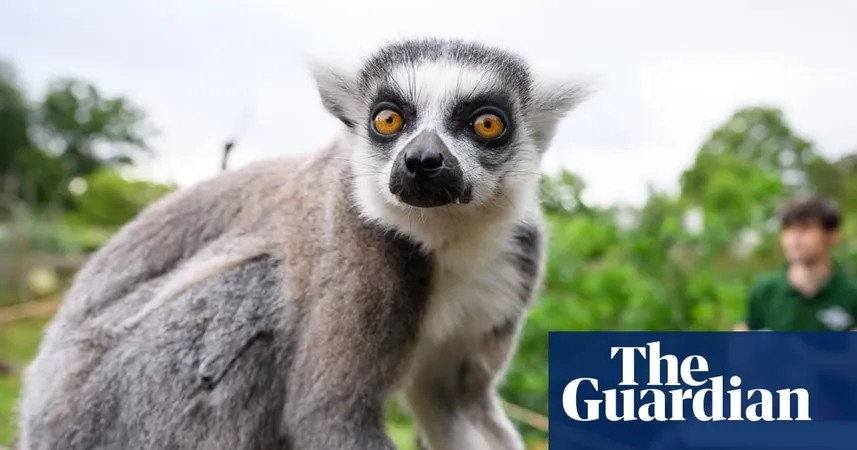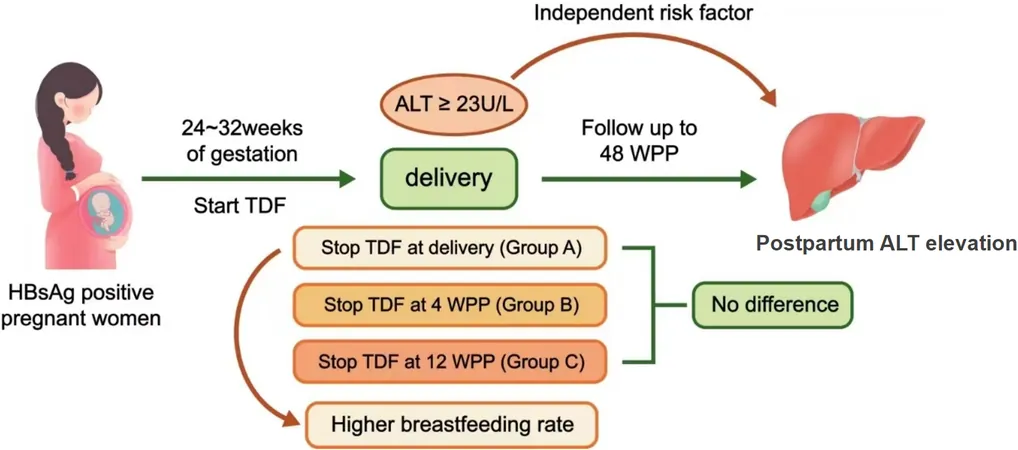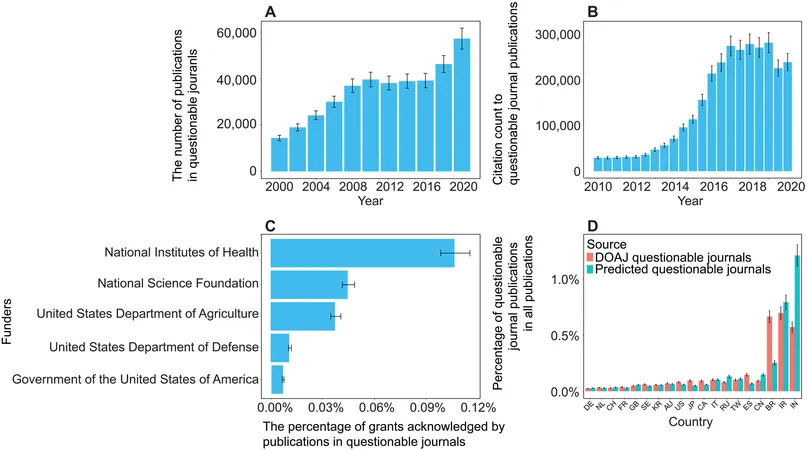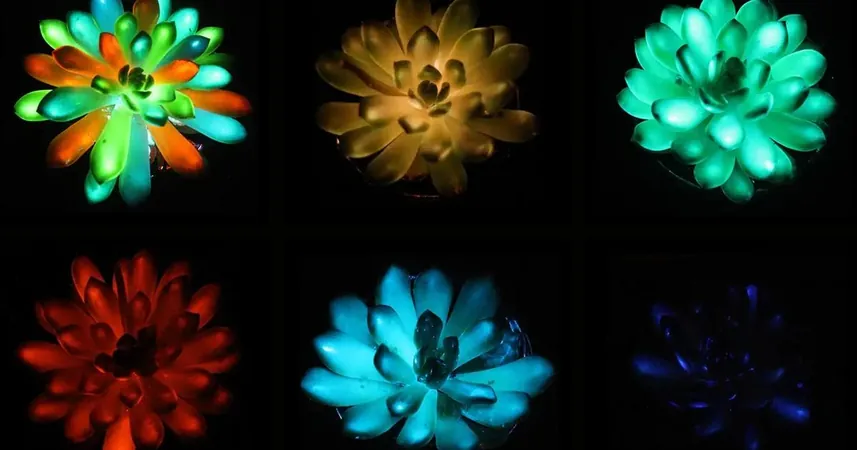
Unlocking the Secret: Do Long Thumbs Mean Bigger Brains in Primates?
2025-08-26
Author: Charlotte
Is Your Thumb the Key to Intelligence?
It turns out that the size of your thumb might reveal more than just your grip strength! Recent research shows a fascinating link between thumb length and brain size in primates, suggesting that evolution has favored lengthy thumbs as part of the brain's co-evolution with manual dexterity.
The Evolutionary Advantage of Longer Thumbs
According to Dr. Joanna Baker, the lead researcher from the University of Reading, the findings imply that as primates evolved to become more intelligent, their brain and hand coordination improved. This allowed them to think strategically about how to use their hands more effectively. "Primates that could manipulate objects better, thanks to longer thumbs, likely had an edge in survival," Baker explained.
Why Do Thumbs Matter?
Both large brains and the ability to perform intricate tasks with opposable thumbs have been pivotal in human evolution. While some primates have partially opposable thumbs, many wonder how thumb length impacts their tool-using capabilities.
A Study of 94 Primate Species
To delve deeper, researchers analyzed the brain mass and thumb length of 94 primate species, ranging from ancient hominins to lemurs. The results, published in Communications Biology, uncovered that humans and many hominins have longer thumbs than those predicted by their hand proportions. But there's more!
The Surprising Link Between Thumb Length and Brain Size
The study revealed an intriguing correlation: primates with longer thumbs relative to their hand size also tend to have larger brains. "We're not saying we don't have exceptionally long thumbs or large brains—we do. But this relationship is consistent across primates," Baker highlighted.
A Rare Exception in Hominins
The only outlier was the early hominin Australopithecus sediba, which had unexpectedly long thumbs even when factoring in brain size. Baker speculates this uniqueness is due to its arboreal lifestyle.
The Neocortex: The Brain's Creative Hub?
As the research progressed, it emerged that the neocortex—a brain region critical for cognition and action planning—was larger in primates with longer thumbs. "It was surprising that it wasn't linked to other brain regions known for motor skills, like the cerebellum," Baker remarked.
Limitations of Thumb Length Research
However, the study also cautioned against assuming that thumb length is a straightforward indicator of tool use in primates as this relationship holds true regardless of tool usage. Dr. Fotios Alexandros Karakostis, a biological anthropology expert, noted that while hand and brain adaptations likely evolved together, a comprehensive understanding of human dexterity necessitates further research.
What Lies Ahead for Primate Research?
To really grasp the complexities of manual dexterity and brain evolution, experts will need to explore additional anatomical traits and conduct biomechanical simulations. Only then can we fundamentally understand the neural mechanisms behind our ability to craft tools and innovate.









 Brasil (PT)
Brasil (PT)
 Canada (EN)
Canada (EN)
 Chile (ES)
Chile (ES)
 Česko (CS)
Česko (CS)
 대한민국 (KO)
대한민국 (KO)
 España (ES)
España (ES)
 France (FR)
France (FR)
 Hong Kong (EN)
Hong Kong (EN)
 Italia (IT)
Italia (IT)
 日本 (JA)
日本 (JA)
 Magyarország (HU)
Magyarország (HU)
 Norge (NO)
Norge (NO)
 Polska (PL)
Polska (PL)
 Schweiz (DE)
Schweiz (DE)
 Singapore (EN)
Singapore (EN)
 Sverige (SV)
Sverige (SV)
 Suomi (FI)
Suomi (FI)
 Türkiye (TR)
Türkiye (TR)
 الإمارات العربية المتحدة (AR)
الإمارات العربية المتحدة (AR)